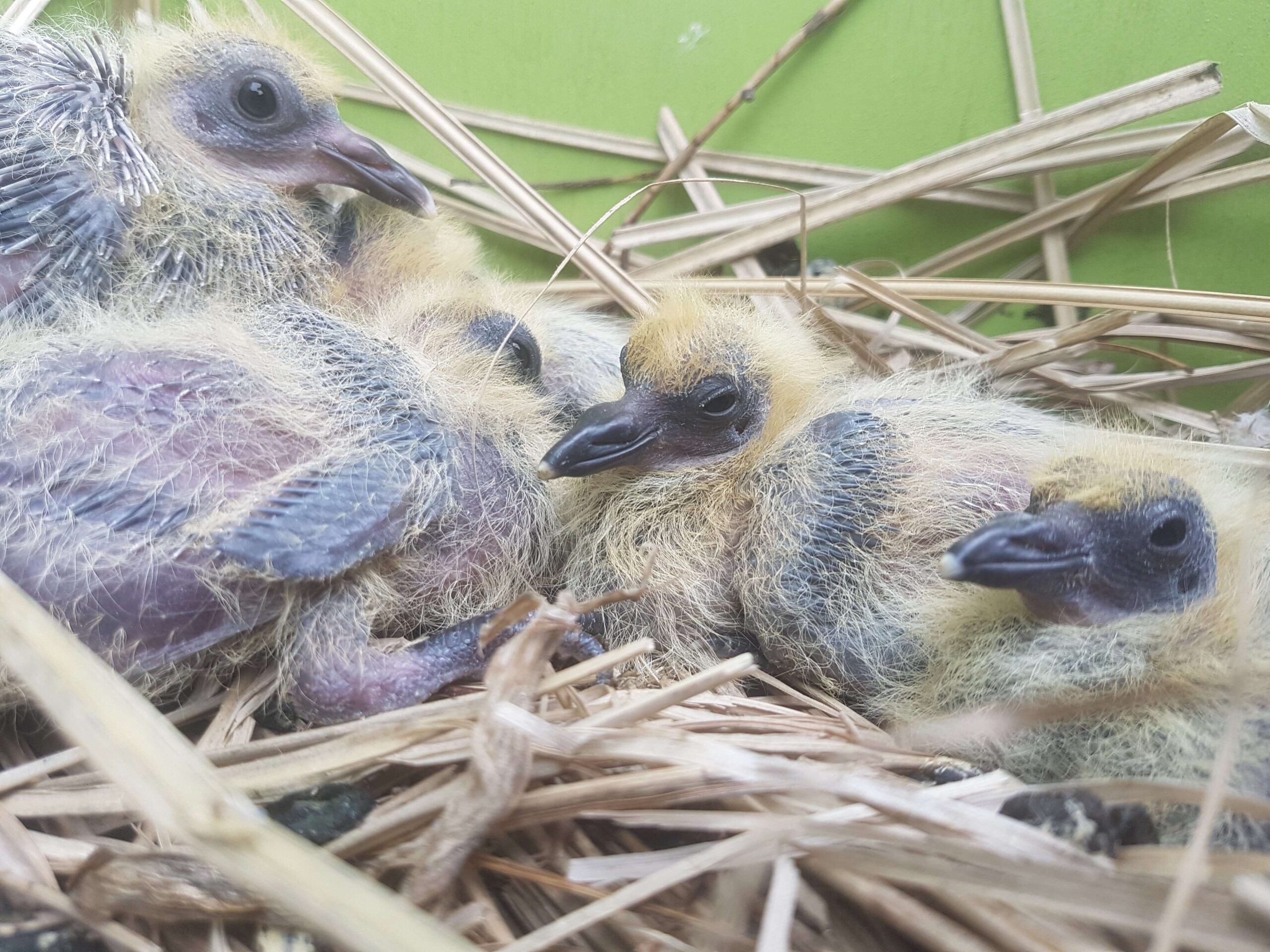They are exciting to look at as they flutter around from various tree branches, roofs, and other lofty perches. Birds have been capturing the imaginations of people for generations. There are even entire organizations devoted to observing these animals. But surprisingly, some of the best bird watching can be enjoyed in our own backyards. Want to join the millions who enjoy bird watching in their own domestic space? The key to making your home a rallying point for these marvelous winged entertainers is to provide the food they love. In keeping with humane wildlife prevention strategies, Scarborough residents should consider a few tips when preparing their space to host the region’s wild birds.
Entertaining Birds at Home – The Basics
Birds visit spaces where they find food. Homes with stores of bird seeds are therefore very attractive hangout spots for these feathered guests. To join the ranks, you should set up some bird feeders. Ground feeding is an option you can exercise but be on the lookout for other animals, both domesticated and wild, who will be attracted to the bird seeds.
There is a wide range of bird feeder designs available for your selection. The tube-shaped feeder, for example, is great for keeping squirrels and other animals away from your precious bird seeds. This type of bird feeder attracts smaller birds such as chickadees so if you want to see some larger birds as well, you will need to add another type of feeder to your collection. If you opt for this feeder, you should prepare to check for and remove all residual seeds at the bottom of the tube before each refilling.
If you opt for the platform feeder, you will soon recognize that it facilitates a wide range of bird types and sizes. This feeder is a great alternative for birds that like to feed on the ground, but you have to prepare for the exposure of the seeds to the elements and prepare to do frequent cleanings.
Choosing the Right Bird Seeds
Variety is the spice of life, even for birds. If you truly want to see a kaleidoscope of colours shapes and sizes twittering about in your back or front yard you need to cater to the needs of the different species you’re inviting into your space. The melodious orchestra of birds’ chirps can be just a few steps away from your door if you install bird feeders in multiple locations and ensure that the seeds are varied enough to appeal to different species of birds.
If you’re going to encourage your feathered friends to spend more time in your space, you need to ensure that your ‘encouragement’ is also designed to keep them healthy. Go for bird seeds that contain oil seeds such as canola, niger, and sunflower. Keep your bird feeders free of wheat, oats, and corn.
Handling Wildlife Invasion Complications as a Bird Enthusiast
Since many wild animals are attracted to bird seeds, all avid bird hosts will also have to deal with the potential property invasion issues that arise from bird feeding. A few simple measures can help to prevent other wildlife from partaking in the seeds that are intended for birds. One measure is to strategically store bird seeds. Many garages have been breached as shrewd foragers detect bird seeds inside and as their survival instincts kick in they go after what they crave and need. This can be avoided by locking seeds in wildlife-proof containers and also by fortifying storage areas such as garages and sheds against wildlife encroachment.The locations of bird feeders can sometimes discourage non-bird wildlife visitors. Mounting the feeders at certain heights may discourage squirrels and other foragers and some feeder designs deny access to all wildlife except birds thus thwarting the efforts of wildlife such as squirrels. For the best and most humane wildlife prevention tools and practices though, Scarborough’s bird lovers should consult Skedaddle, the experts at humane wildlife control.



